Optimal Seasons for Foundation Repairs
Foundation repairs are most effectively performed during specific seasons when weather conditions are optimal. Dry and moderate temperatures facilitate better curing of materials and reduce the risk of delays caused by rain or extreme cold. Planning repairs during these periods can lead to more durable results and fewer disruptions.
Spring offers moderate temperatures and longer daylight hours, making it an ideal time for foundation work. However, early spring may bring unpredictable weather, so scheduling should consider forecast conditions.
Summer provides stable weather with minimal rainfall, allowing for continuous work. High temperatures can accelerate curing times but require precautions against heat-related issues.
Fall's cooler temperatures and lower humidity levels create favorable conditions for foundation repairs. It is often considered the optimal season before winter sets in.
Cold temperatures and potential frost make winter a less suitable time for foundation repairs. Frozen ground complicates excavation and can compromise repair integrity.

Springtime conditions support effective foundation stabilization and crack repairs.

Summer's dry weather is conducive to ongoing foundation projects.
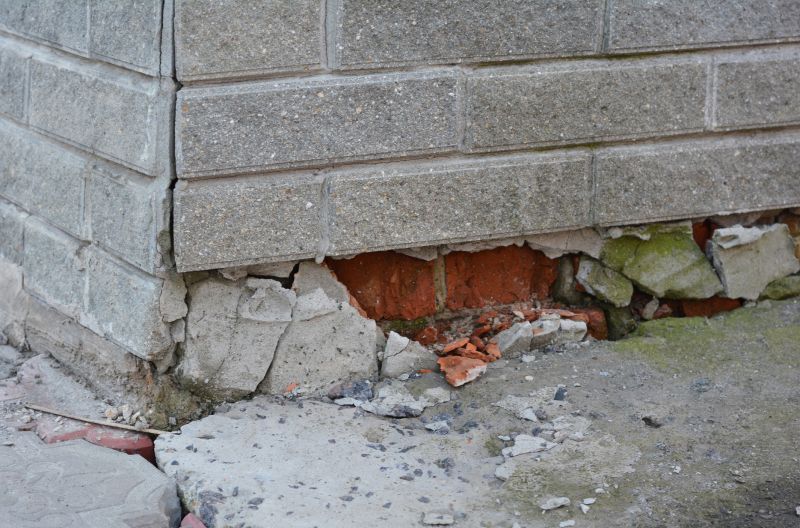
Fall provides ideal weather for comprehensive foundation restoration.
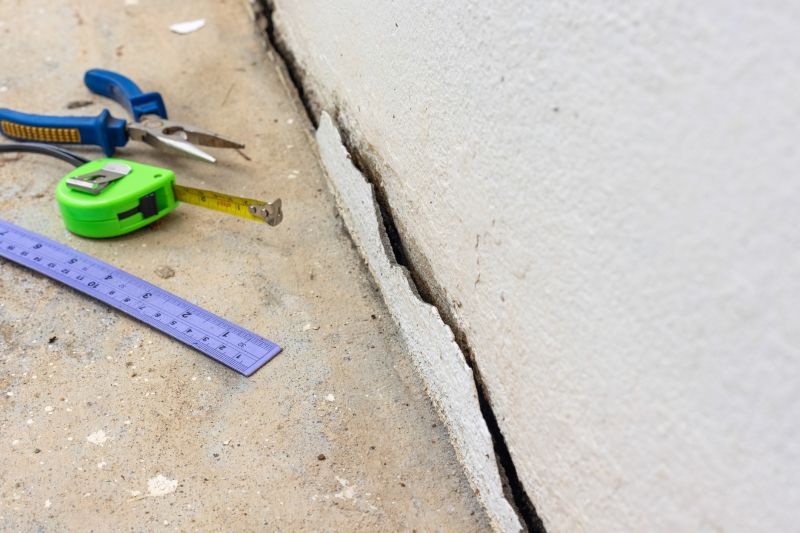
Ways to make Foundation Repairs work in tight or awkward layouts.
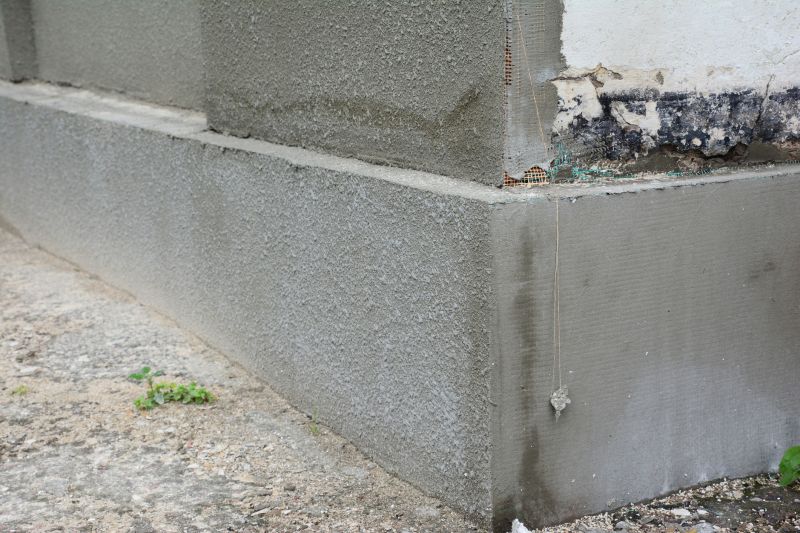
Popular materials for Foundation Repairs and why they hold up over time.
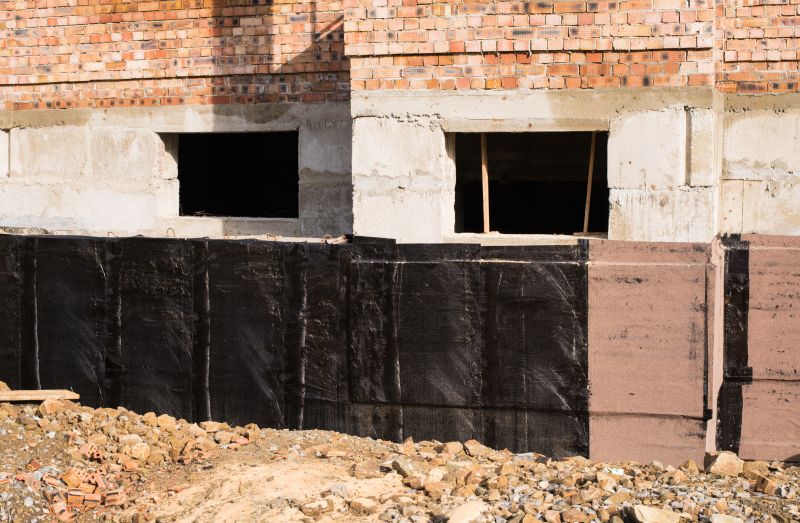
Simple add-ons that improve Foundation Repairs without blowing the budget.
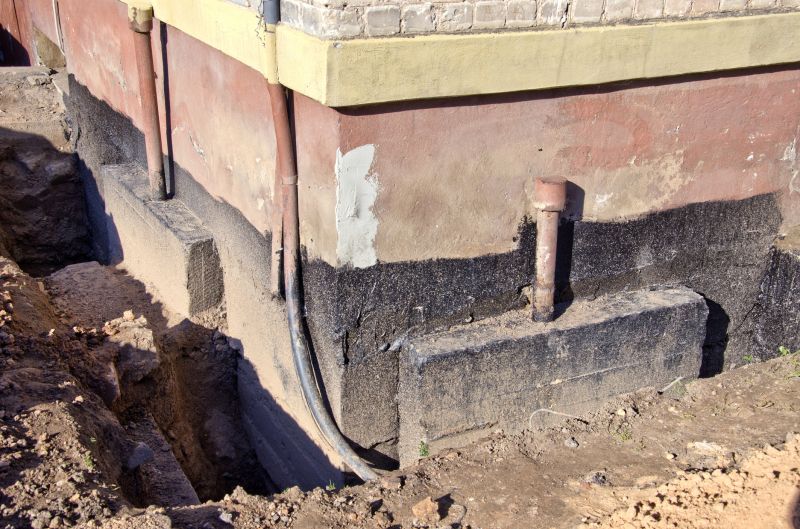
High-end options that actually feel worth it for Foundation Repairs.
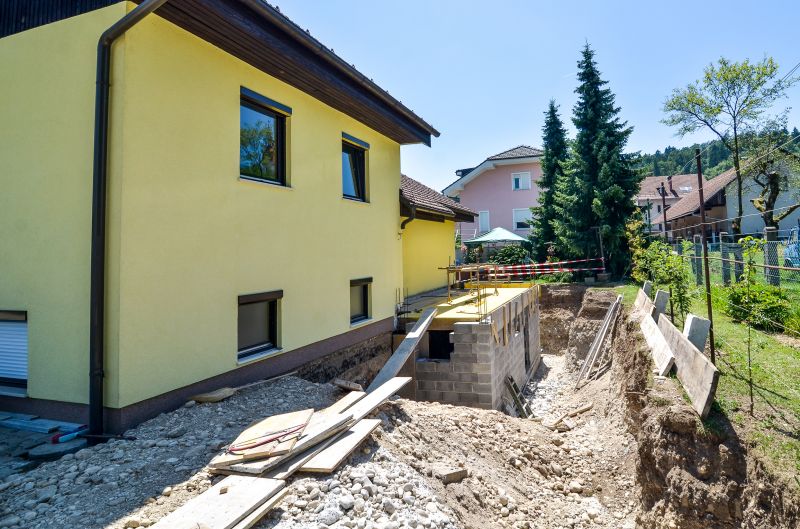
Finishes and colors that play nicely with Foundation Repairs.
Foundation repairs are critical for maintaining structural integrity and preventing further damage. Common issues include cracking, settling, and shifting caused by soil movement, moisture fluctuations, and temperature changes. Timely repairs can mitigate costly future repairs and preserve property value. Statistics indicate that addressing foundation issues early can reduce repair costs by up to 50%, emphasizing the importance of scheduling repairs during optimal seasons.
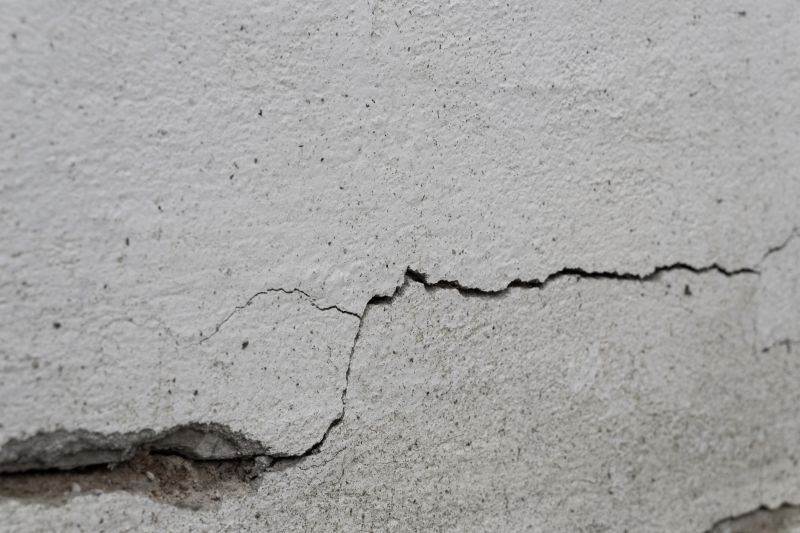
Addressing cracks early prevents water intrusion and structural deterioration.
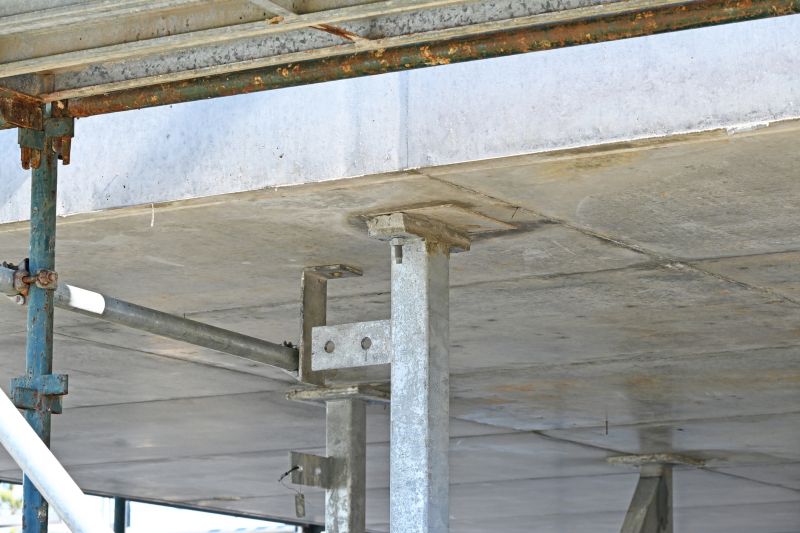
Proper stabilization techniques restore foundation support and prevent further settling.

Soil stabilization techniques help mitigate ground movement affecting foundations.
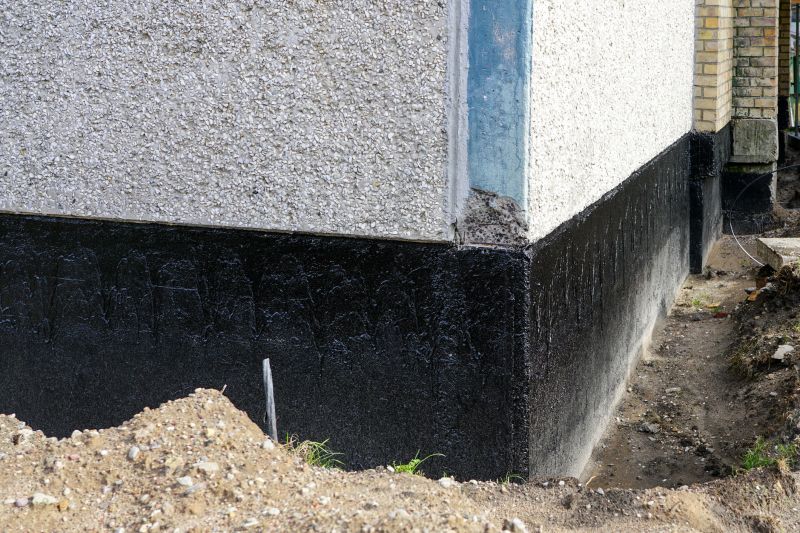
Waterproofing prevents moisture-related damage and prolongs foundation lifespan.
| Season | Optimal Repair Conditions |
|---|---|
| Spring | Moderate temperatures, longer days, some rain risk |
| Summer | Dry weather, stable conditions, high temperatures |
| Fall | Cooler temperatures, low humidity, ideal for repairs |
| Winter | Frost and cold temperatures, challenging for repairs |
Choosing the right time for foundation repairs can significantly impact the quality and longevity of the work. Proper planning ensures that repairs are completed under conditions that support material curing and effective soil stabilization. Consulting with foundation specialists can help determine the best season based on local climate patterns and specific property needs.
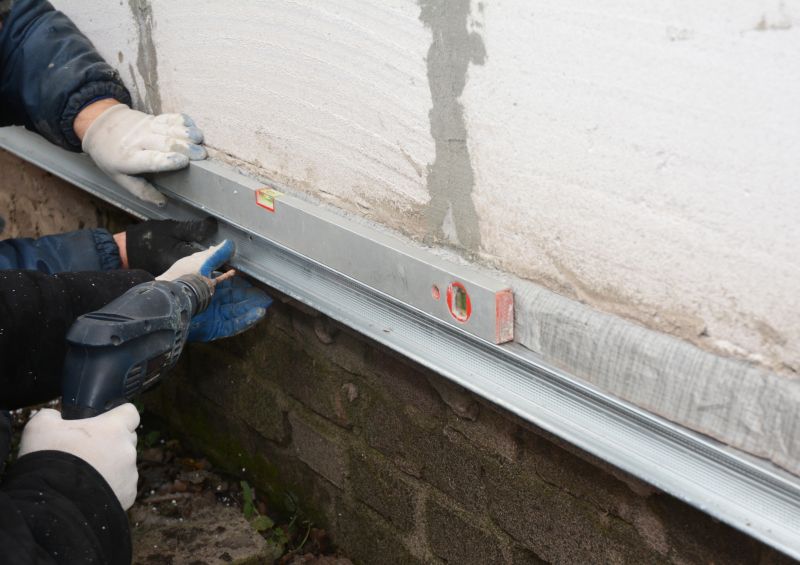
Professional foundation stabilization techniques are applied to restore support.
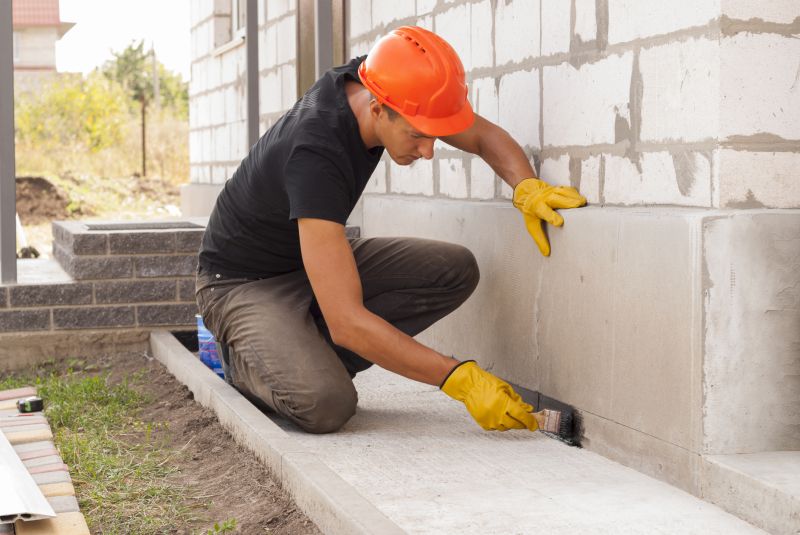
Cracks are sealed to prevent water intrusion and further damage.
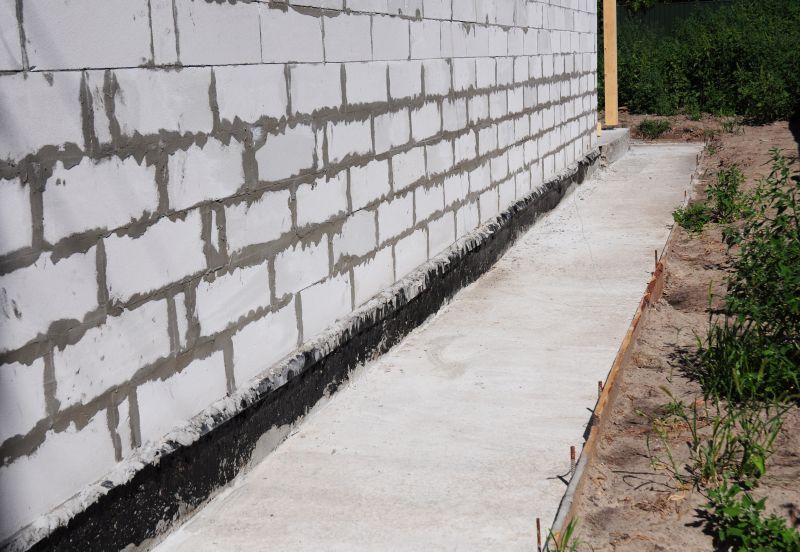
Soil stabilization techniques improve ground support for foundations.
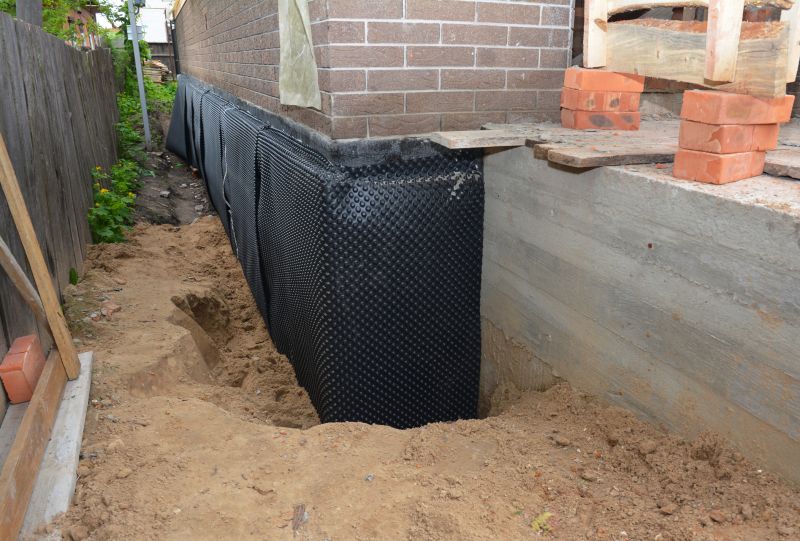
Foundation waterproofing protects against moisture-related issues.
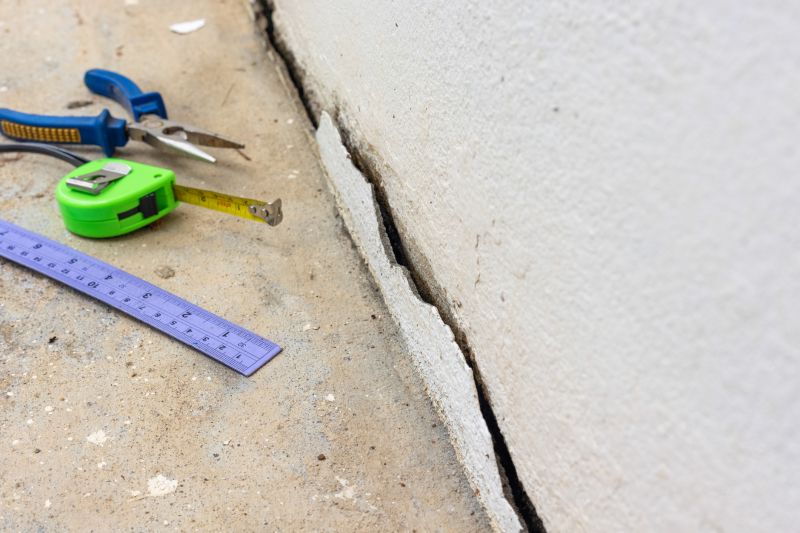
Little measurements that prevent headaches on Foundation Repairs day.

A 60-second routine that keeps Foundation Repairs looking new.

A frequent mistake in Foundation Repairs and how to dodge it.
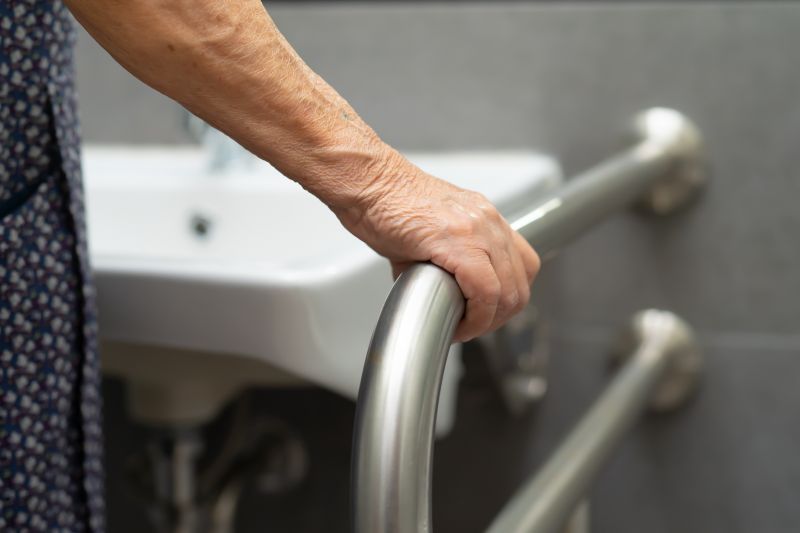
Small tweaks to make Foundation Repairs safer and easier to use.
Interested property owners in Plymouth, WI, are encouraged to contact for detailed assessments and scheduling. Proper timing combined with expert intervention can help maintain the structural integrity and value of the property over time.

